Last weekend I had the honor of presenting Cranial Resolution in Chapel Hill, NC. Although most in attendance had previously taken this course, a few multiple times, several were dipping their toes into this material for the first time. I was proud, gratified, and extremely relieved that, by the end of the weekend, everyone was expressing an energized and clinically relevant understanding of the functional relationship between the ANS and CNS – and the role that our lateralized cortical and subcortical biases and nasal passages play in influencing what we so often ‘orthopedically’ address. I had the privilege of witnessing the occurrence of serial eureka moments. These were illustrated through the cognitively insightful questions and enlightening discussions that, as one attendee put it . . . were “cathartic.”
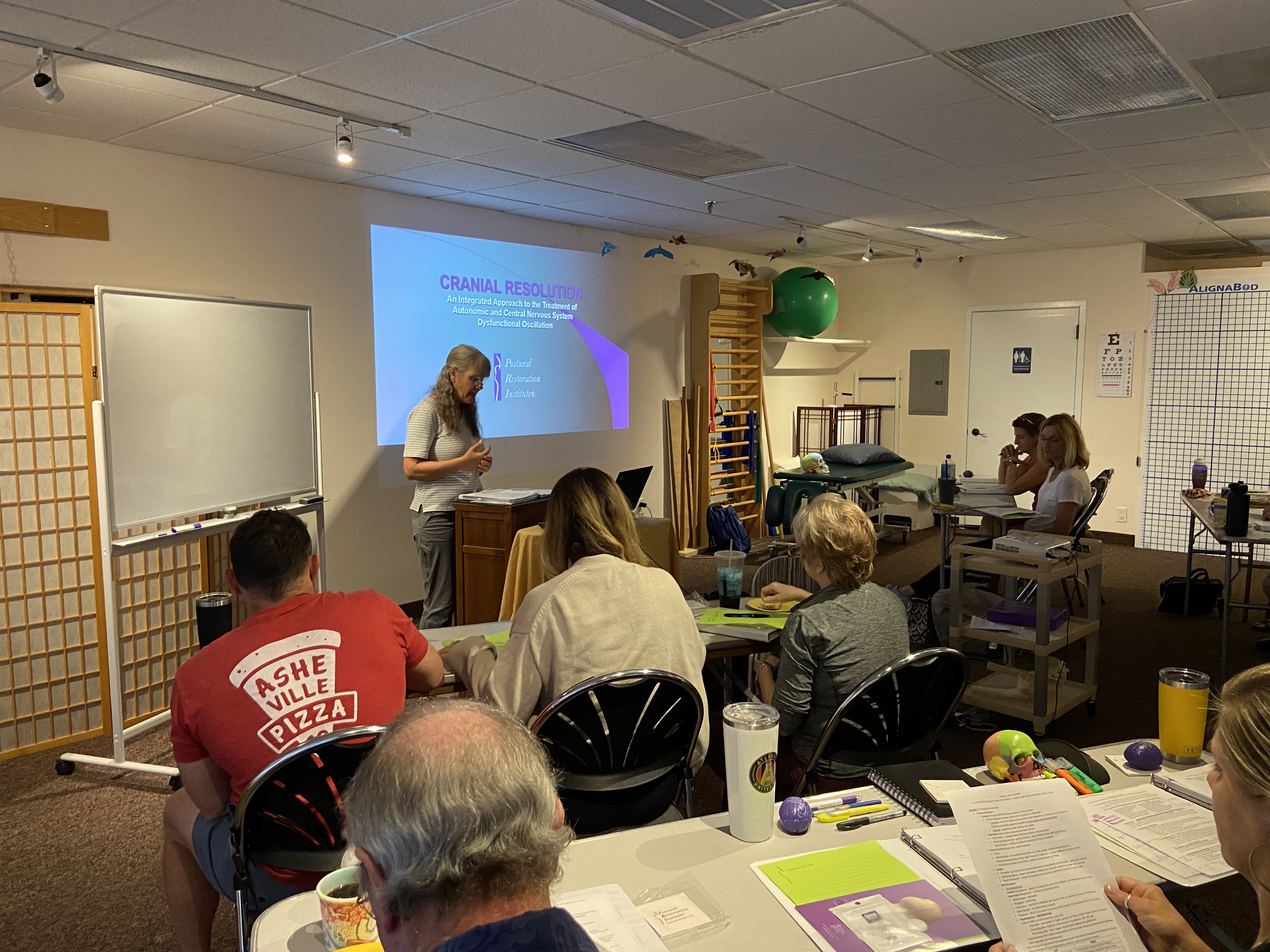
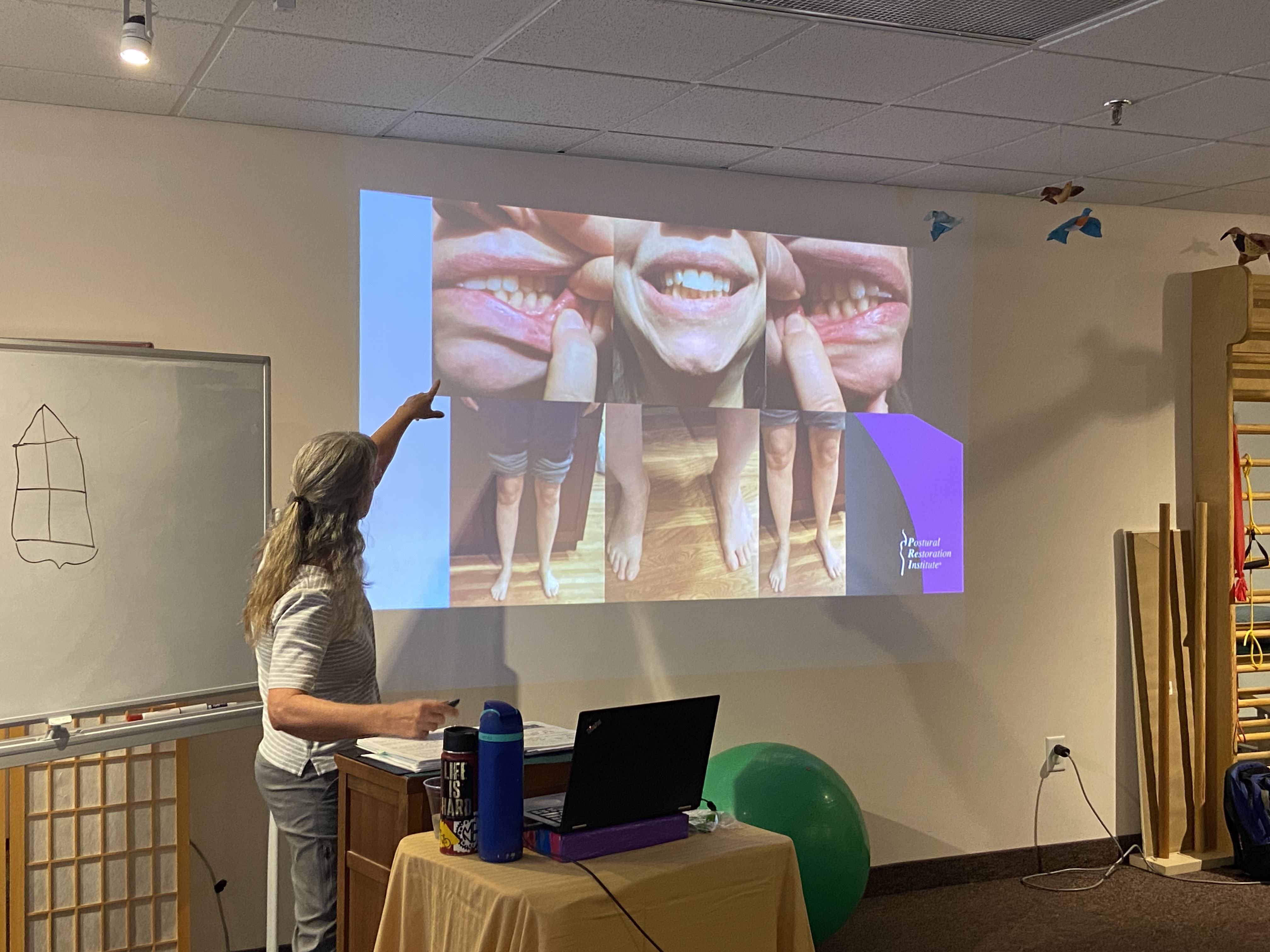
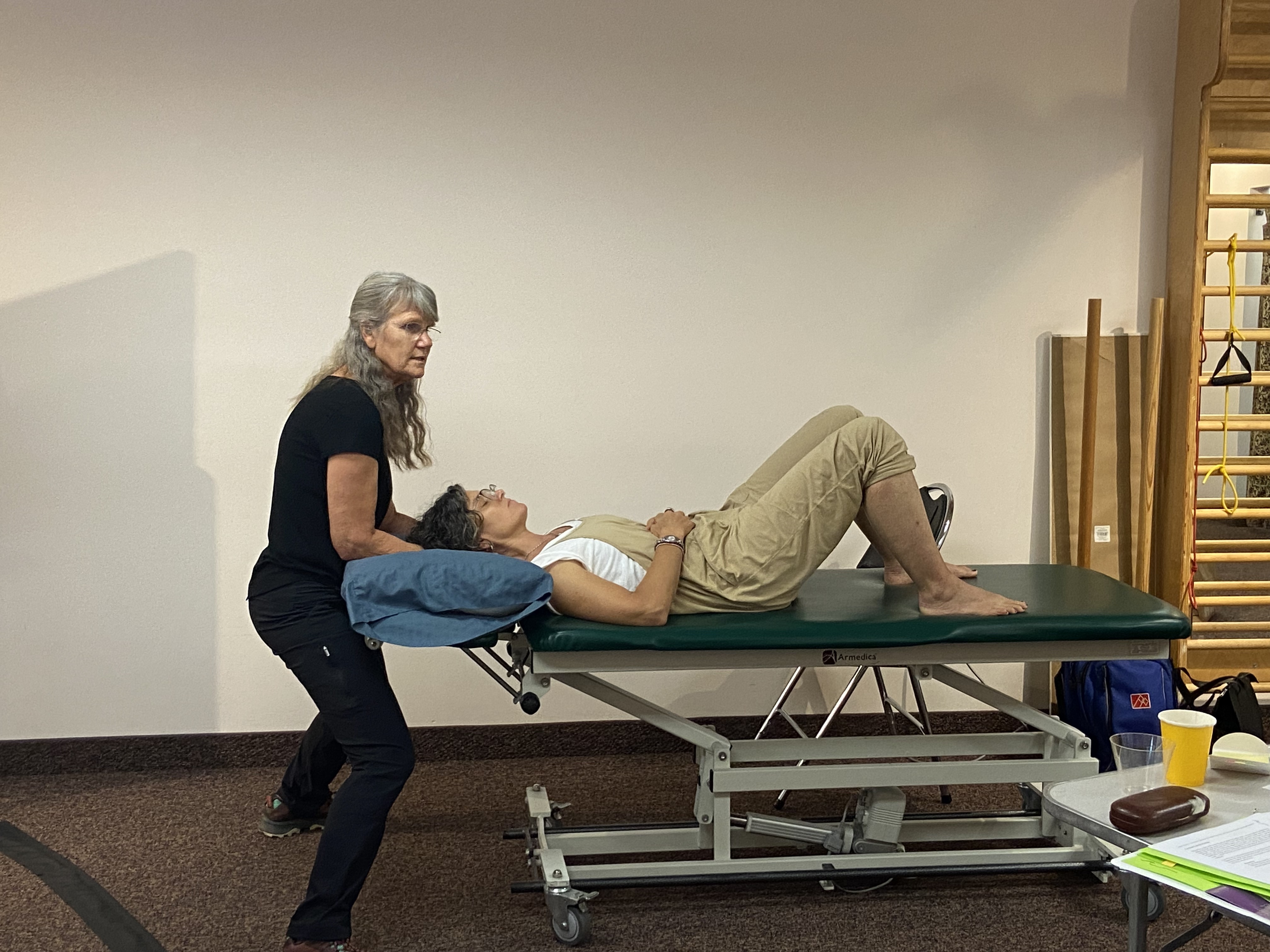
The PRI giants at Advance PT, Susan Henning, Jean Masse and Lisa Mangino, who hosted the course, could not have been more welcoming. Their hospitality went above and beyond. I also owe a huge thanks to the incredible avatars who could not have demonstrated the autonomic concepts any better. Jean, for allowing us to use her beautifully neutral system to illustrate how the interruption of nasal flow can immediately and predictably alter one’s sense of ground and gravity (and so dramatically change a SLR test)! Kaisa for demonstrating how someone progresses through the treatment algorithm, including when and how to address an apparent dysfunctional autonomic limitation by effectively using one of the thoracic cranial resolution techniques. And a special thanks to Joe, who let me positionally challenge him to illustrate how, when, and why modifications may need to be made, and what significant gains can be achieved by addressing the autonomic nervous system.
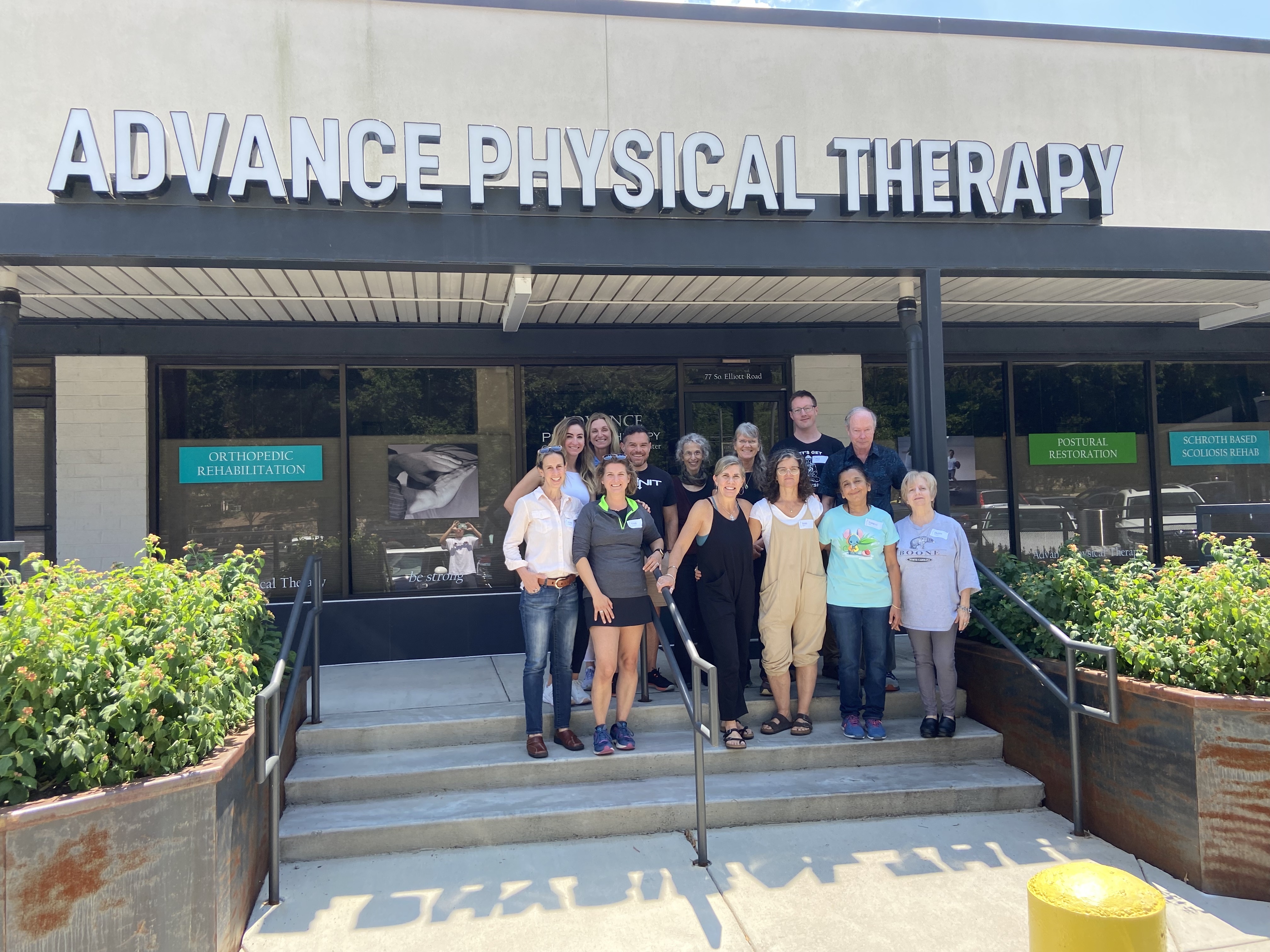
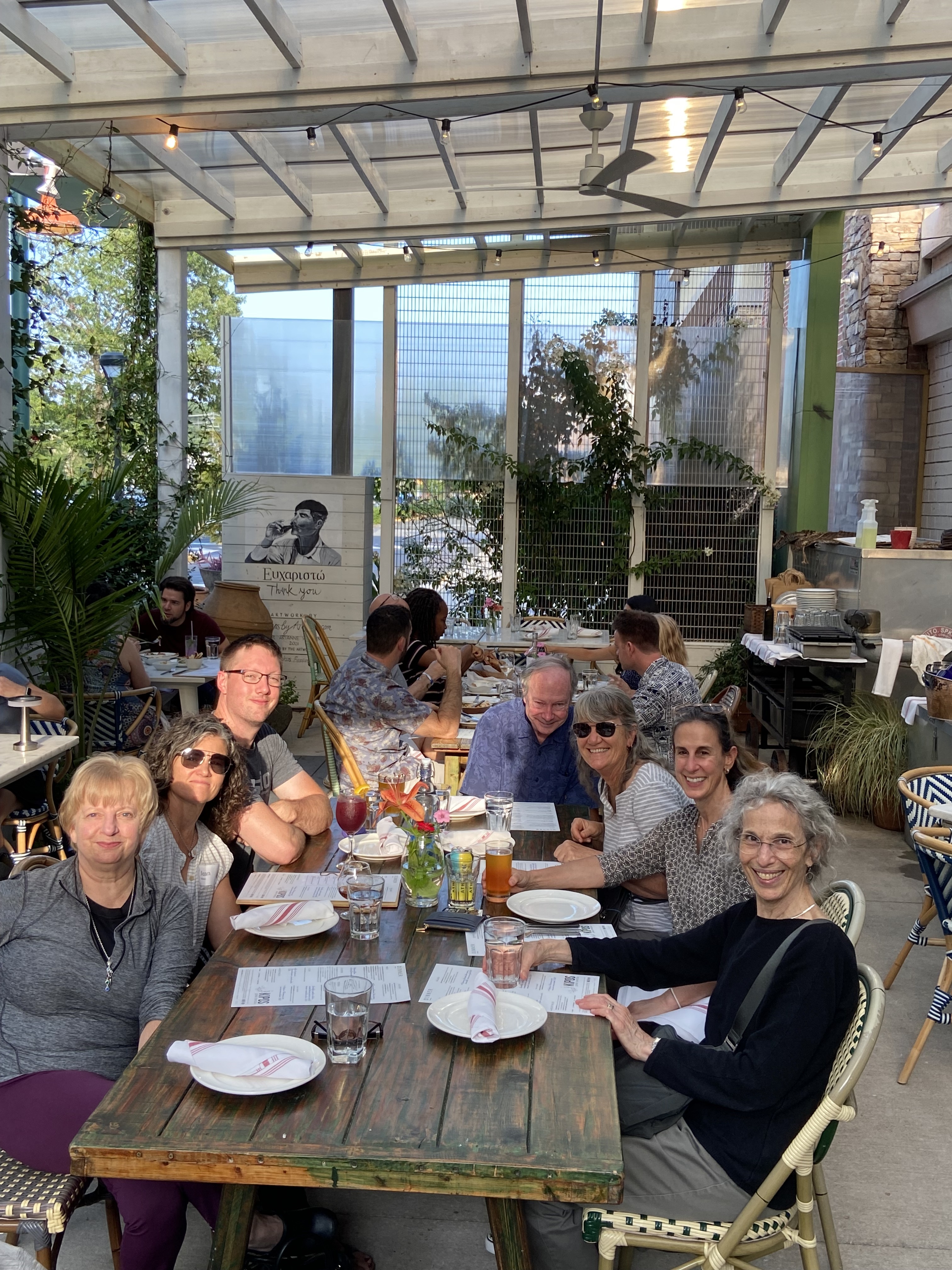
I finished Sunday more excited than ever to be teaching this material. I cannot express how grateful I am to the institute for having the confidence in me to translate and present this aspect of Ron’s monumental work. To me, the ANS is where PRI begins. I honestly feel that gaining a basic grasp of how the ANS integrates with the CNS makes all the other courses so much easier to comprehend. It explains why things are happening and illuminates (and fortifies) the importance of the positioning, referencing, and sequencing of each and every one of the steps that are so methodically spelled out in all of the non-manual techniques.
This was my first time teaching this course solo and I will be eternally grateful to everyone who attended for making it such a successful and meaningful experience. The dynamic of this group was incredible.


